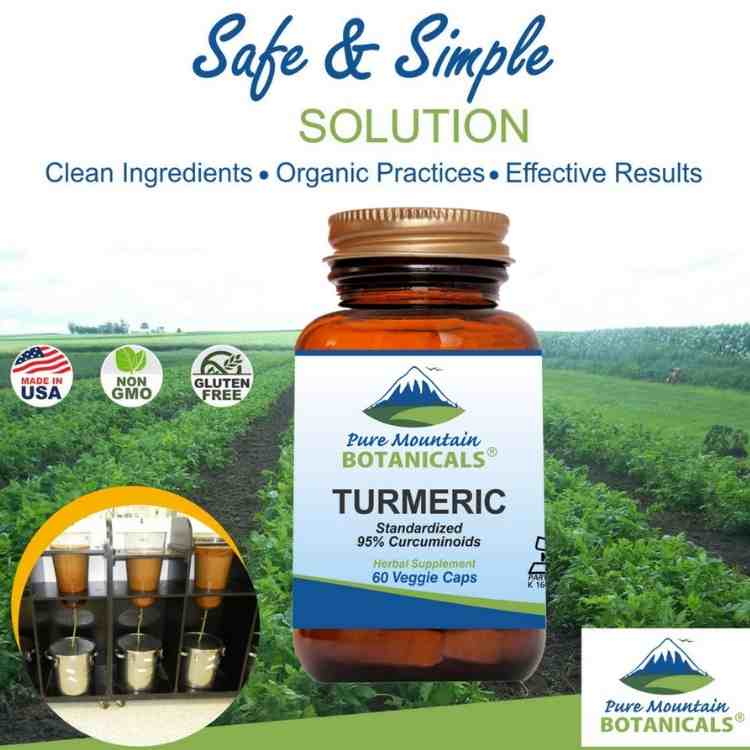turmeric curcumin how much to take
Turmeric is a bright yellow spice that is typically used for flavor and color in Asian cuisine. It has an earthy aroma, and its flavor profile is slightly peppery and bitter, with a subtle ginger taste. Turmeric contains three naturally occurring phytochemicals called curcuminoids, the most notable and researched of which is curcumin.
The anti-inflammatory and antimicrobial properties of turmeric could make it an effective treatment for many skin conditions, such as photoaging, acne, and eczema. Yet, solid research is lacking.


